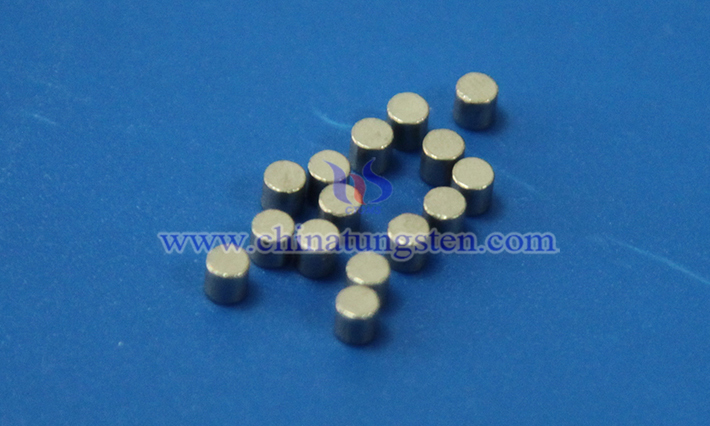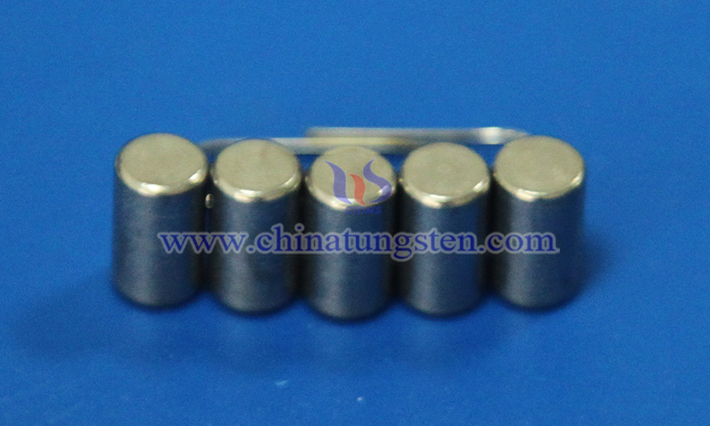Barium Tungsten Electrodes for Mercury Lamps
- Details
- Category: Tungsten Information
- Published on Thursday, 24 April 2025 17:17
Mercury lamps, a type of high-intensity discharge (HID) lamp, produce ultraviolet or visible light through arc discharge in mercury vapor. They are widely used in street lighting, industrial illumination, and ultraviolet applications such as sterilization and curing. The electrode is a critical component of mercury lamps, and barium tungsten electrodes are commonly employed due to their superior performance in enabling efficient discharge and extending lamp lifespan.

1. Composition and Characteristics of Barium Tungsten Electrodes
Barium tungsten electrodes use tungsten as the base material, which boasts a high melting point, high strength, and excellent resistance to heat and corrosion. The tungsten base is impregnated with barium compounds, which have a low work function that significantly reduces the energy required for electron emission, thereby enhancing the electrode’s operational efficiency in the high-temperature, high-pressure environment of mercury lamps. The combination of tungsten’s durability and barium’s electron-emitting properties ensures both efficiency and stability in barium tungsten electrodes.
2. Role of Barium Tungsten Electrodes in Mercury Lamps
Electron Emission: When energized, barium tungsten electrodes release electrons through thermionic or field emission. These electrons collide with mercury vapor atoms, ionizing them and initiating the discharge process, which generates ultraviolet light (converted to visible light via phosphor coatings in some designs).
Stable Discharge: The low work function of barium enables the electrodes to maintain stable arc discharge at lower voltages, improving energy efficiency and reducing power consumption.
Extended Lifespan: Barium compounds effectively suppress tungsten evaporation and sputtering caused by high temperatures and ion bombardment during operation, slowing electrode degradation and typically extending the lamp’s lifespan to 10,000 to 24,000 hours.

3. Advantages of Barium Tungsten Electrodes in Mercury Lamps
High Efficiency: The low work function ensures rapid startup and efficient electron emission, minimizing energy loss and enabling ignition within a few seconds.
Durability: Tungsten’s resistance to high temperatures and corrosion, combined with the protective effects of barium, allows the electrodes to withstand the harsh conditions of mercury vapor discharge.
Environmental Friendliness: Compared to thorium-containing electrodes, barium tungsten electrodes are non-radioactive, aligning with modern environmental and safety standards.
Cost-Effectiveness: By extending lamp lifespan and reducing energy consumption, barium tungsten electrodes help lower maintenance and operational costs.
4. Applications of Barium Tungsten Electrodes in Mercury Lamps
High-Pressure Mercury Lamps: Valued for their high luminous efficacy (up to 60 lumens per watt) and bright white-blue light, these are widely used in street lighting, factory illumination, and large-scale outdoor settings.
Low-Pressure Mercury Lamps: Commonly found in fluorescent lighting and ultraviolet sterilization systems, where electrodes excite mercury vapor to produce UV light for germicidal or curing purposes.
Specialized Mercury Lamps: Employed in scientific instruments (e.g., spectrophotometers) and industrial processes (e.g., UV curing of inks and coatings).
- Chinatungsten Online: www.tungsten.com.cn
- CTIA GROUP LTD: en.ctia.group
- Tungsten News & Price: www.ctia.com.cn
- Molybdenum News & Price: news.molybdenum.com.cn
- Tel.: 86 592 5129696; Email: sales@chinatungsten.com